UN SDGs: 1 No Poverty - Poverty Reduction AI Tool
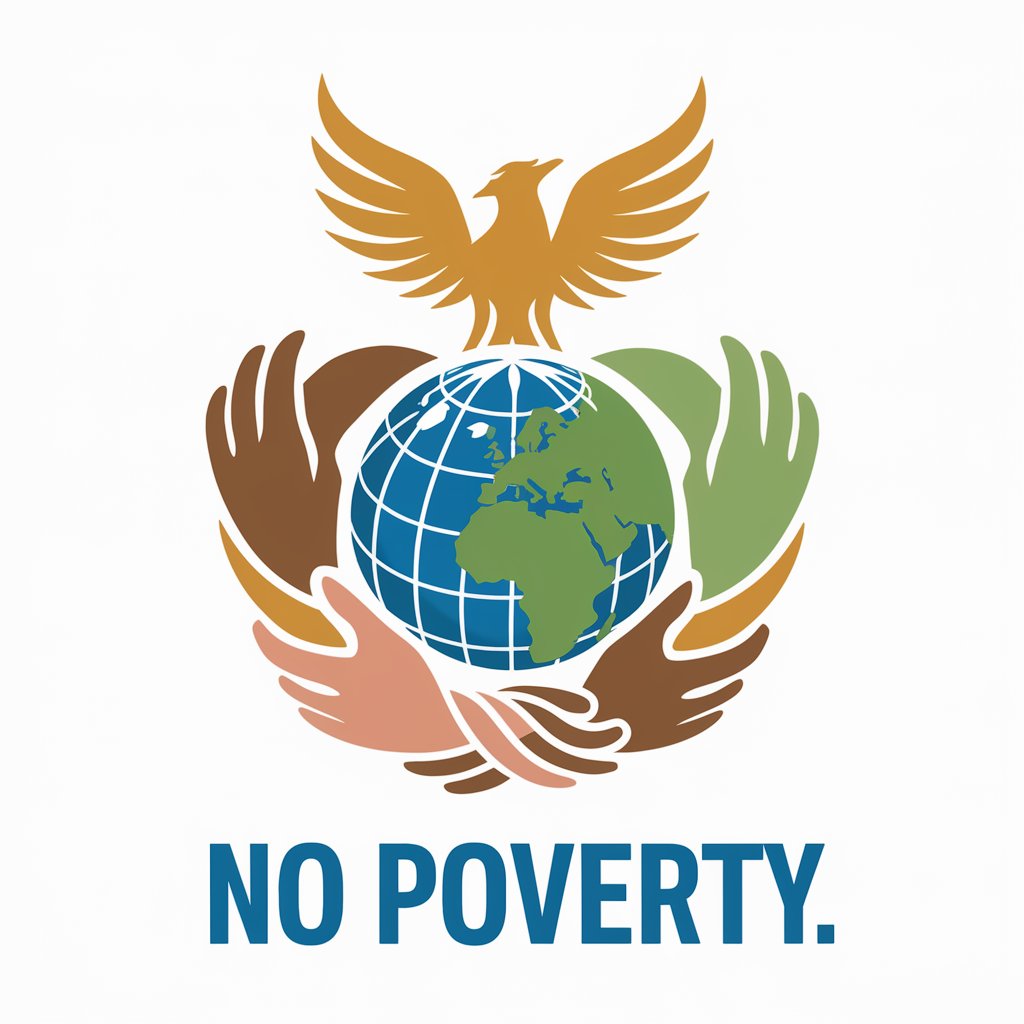
Welcome, how can I assist you in the fight against poverty today?
Empower Decisions with AI Insight
Can you provide data on the current global poverty rate and recent trends?
What are some effective poverty reduction strategies implemented in developing countries?
Please explain the impact of microfinance on poverty alleviation.
How can education contribute to reducing poverty on a global scale?
Get Embed Code
Introduction to UN SDGs: 1 No Poverty
UN SDGs: 1 No Poverty is designed to support and enhance efforts towards achieving the first of the United Nations Sustainable Development Goals—eradicating poverty in all its forms everywhere. The tool serves as a critical resource for stakeholders engaged in poverty alleviation, providing data analysis, program design assistance, and strategic guidance. It helps users understand poverty dynamics, assess poverty reduction strategies, and measure progress against set benchmarks. An example of this application might be using the tool to analyze poverty rates and trends in a specific region, helping local government bodies to tailor interventions effectively. Powered by ChatGPT-4o。

Main Functions of UN SDGs: 1 No Poverty
Data Analysis and Reporting
Example
Generating detailed poverty profiles by region, including demographics, income levels, and access to essential services.
Scenario
A non-governmental organization (NGO) could use this function to prepare a report for donors on the impact of their recent projects in Southeast Asia, highlighting areas with significant reductions in poverty and identifying persistent challenges.
Guidance on Poverty Reduction Strategies
Example
Advising on evidence-based strategies for poverty alleviation, such as conditional cash transfer programs or microfinance initiatives.
Scenario
A policy maker from a developing country might use this function to design a comprehensive anti-poverty program, ensuring it incorporates successful elements from similar global initiatives.
Case Studies and Best Practices
Example
Providing access to a repository of case studies that illustrate successful poverty reduction efforts worldwide.
Scenario
Academic researchers might utilize this function to study the effectiveness of universal basic income in various settings, comparing outcomes and distilling lessons learned for application in their own countries.
Ideal Users of UN SDGs: 1 No Poverty Services
Policy Makers and Government Officials
These users benefit from data-driven insights and strategic advice to formulate and implement policies aimed at poverty reduction. They need reliable, actionable information to make informed decisions that directly affect economic and social outcomes.
Non-Governmental Organizations (NGOs)
NGOs working on the ground can use the tool to evaluate the needs of communities, design targeted interventions, and monitor the effectiveness of their programs. The tool aids them in reporting to stakeholders and optimizing resource allocation.
Researchers and Academics
This group benefits from comprehensive data sets and analysis capabilities to conduct studies on poverty dynamics and the impact of various interventions. They contribute to the academic and practical understanding of poverty, thus influencing both policy and practice.

Using UN SDGs: 1 No Poverty
Initiate Trial
Visit yeschat.ai to start a free trial without the need for a login or a ChatGPT Plus subscription.
Define Objectives
Identify and outline the specific poverty reduction goals or areas where you seek assistance—be it data analysis, report generation, or strategy formulation.
Interact with the Tool
Engage with the tool by inputting data, questions, or scenarios related to poverty alleviation. Use the structured Q&A format for complex queries to gain deeper insights.
Utilize Resources
Access the wide range of available resources, including case studies, statistical models, and expert analyses tailored to enhance understanding and decision-making.
Apply Insights
Implement the insights and recommendations provided by the tool in your poverty reduction programs, monitoring progress and adjusting strategies as necessary.
Try other advanced and practical GPTs
Voice of Poverty
Empower your understanding of poverty with AI.

Poverty Hacker
Empowering Growth with AI-Driven Investment Insights
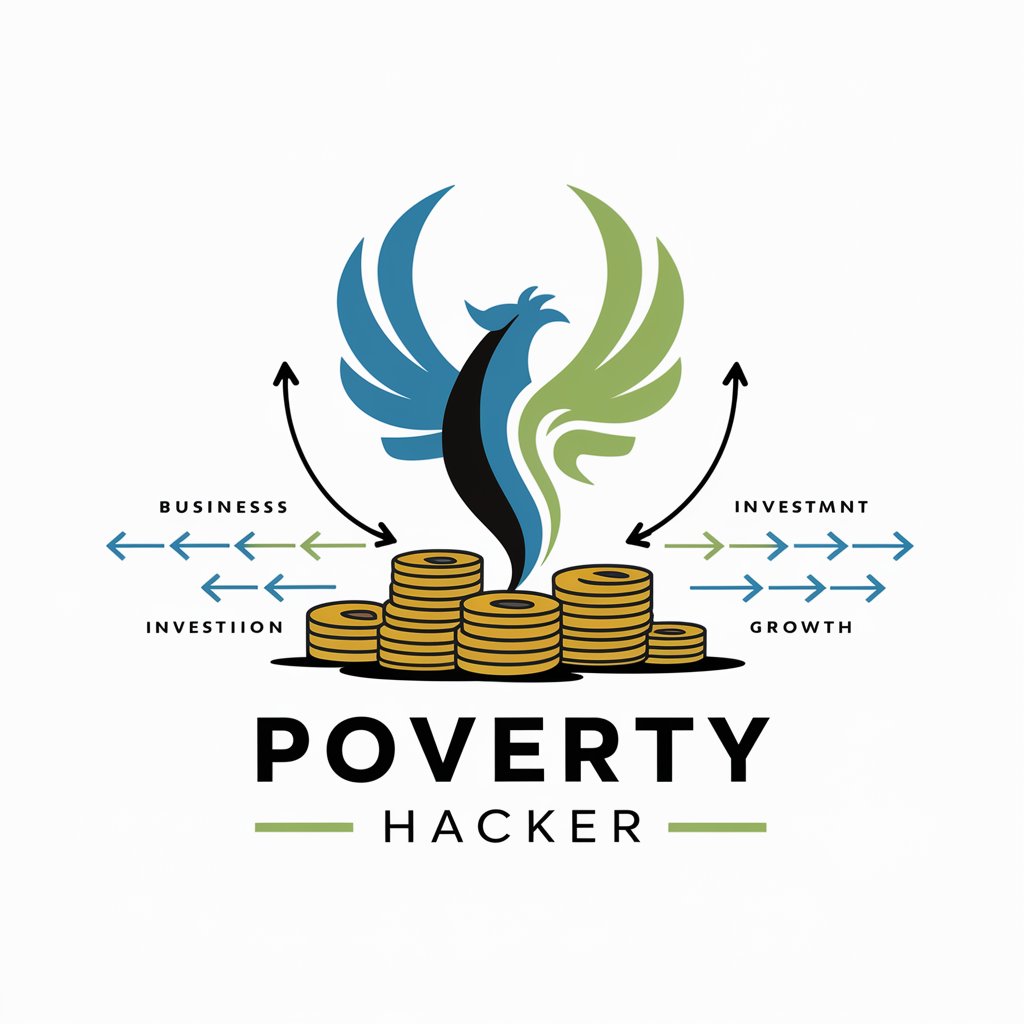
St. Francis of Assisi
AI-Powered Faith Enlightenment
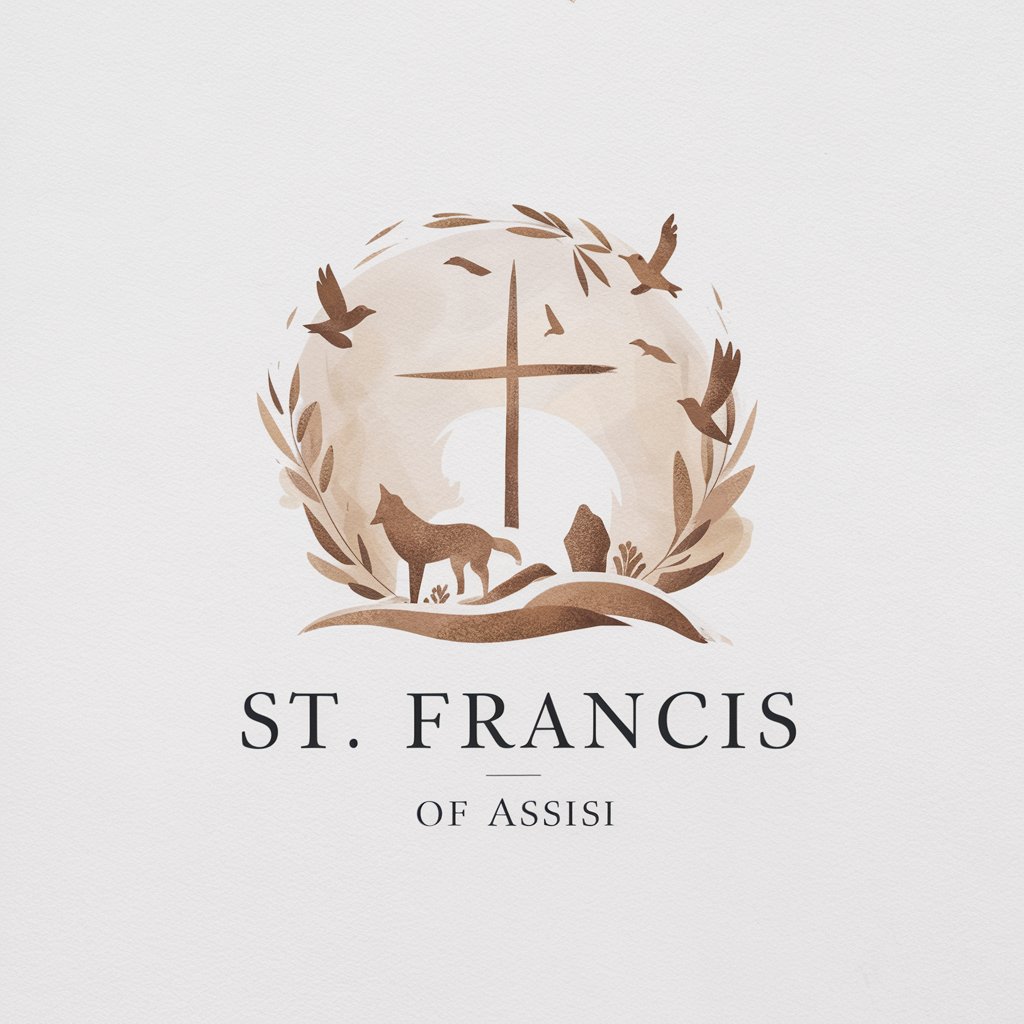
St. Gerard Majella
Guiding Faith with AI-Powered Prayer

St. Clare of Assisi
AI-powered Theological Guidance
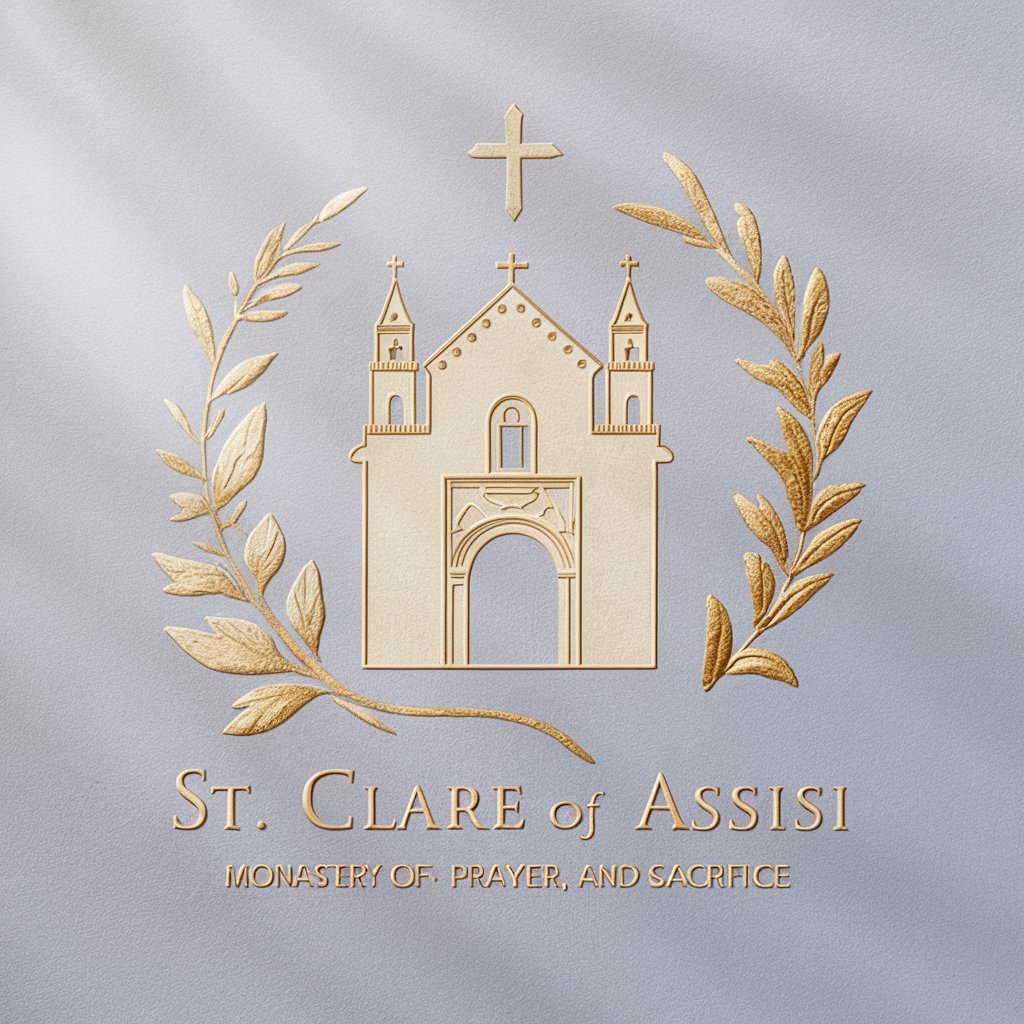
Wealth and Poverty in Latino Communities Tutor
Empowering Latino Communities with AI Insights
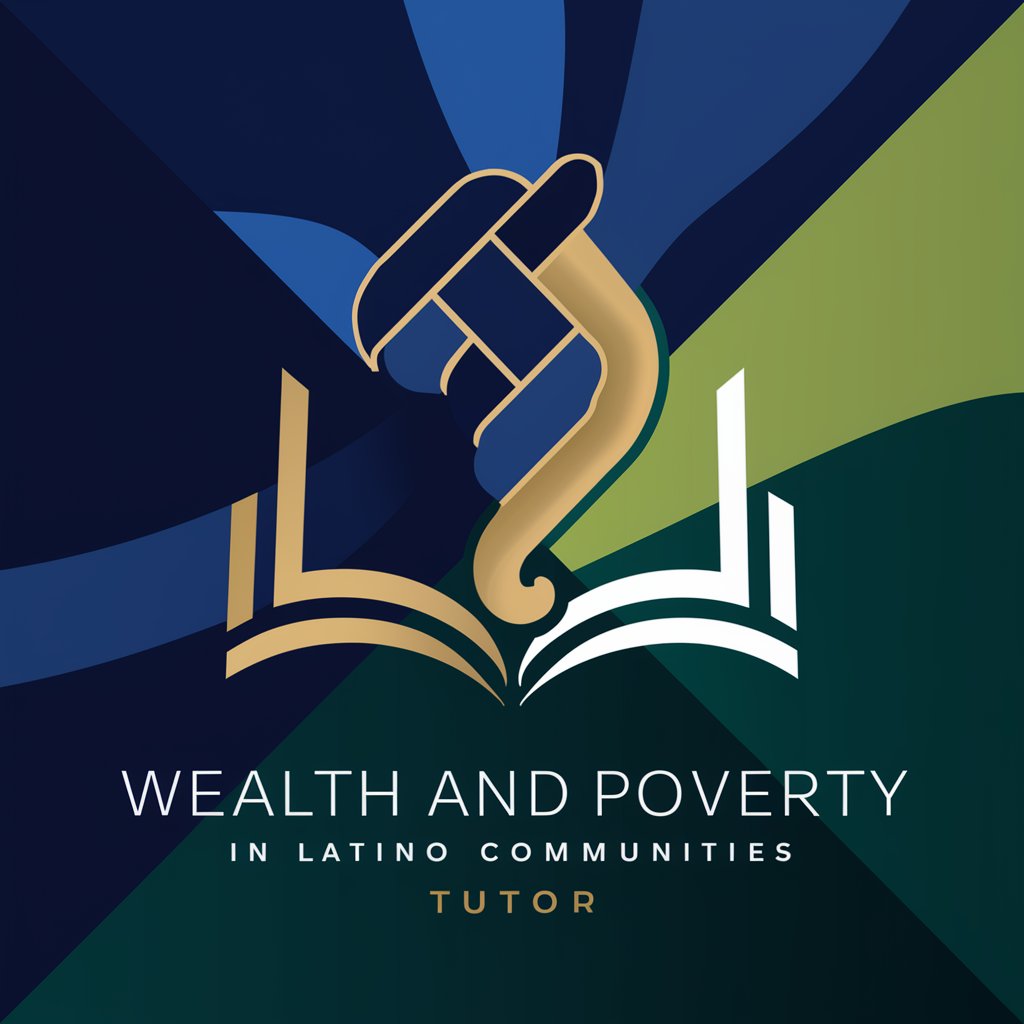
What Drives Poverty?
Unlocking Insights into Poverty with AI
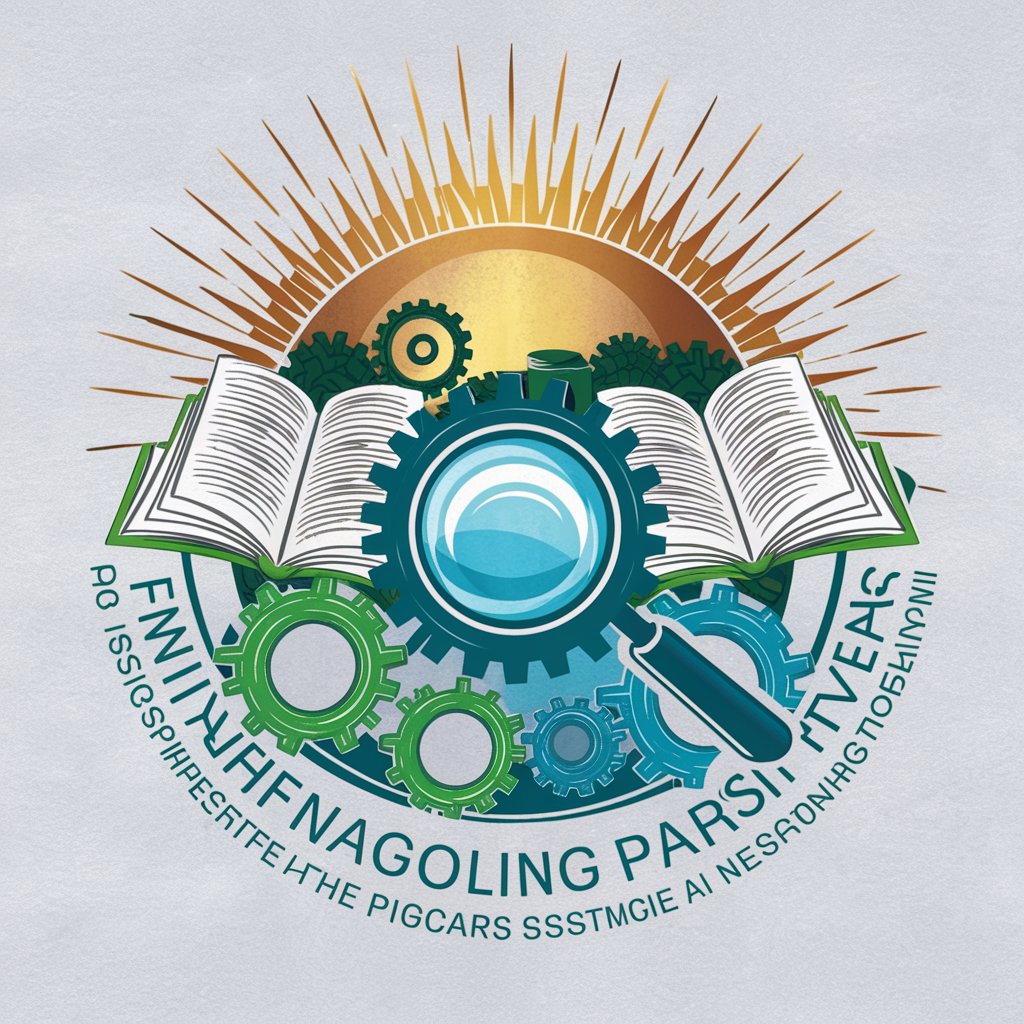
Uchiha Advisor
Strategize wisely with AI

Get me out of poverty
Empowering Financial Freedom with AI

David Goggins
Empower your mindset, conquer your limits.

Cover Crops
Enhance Soil, Sustain Future
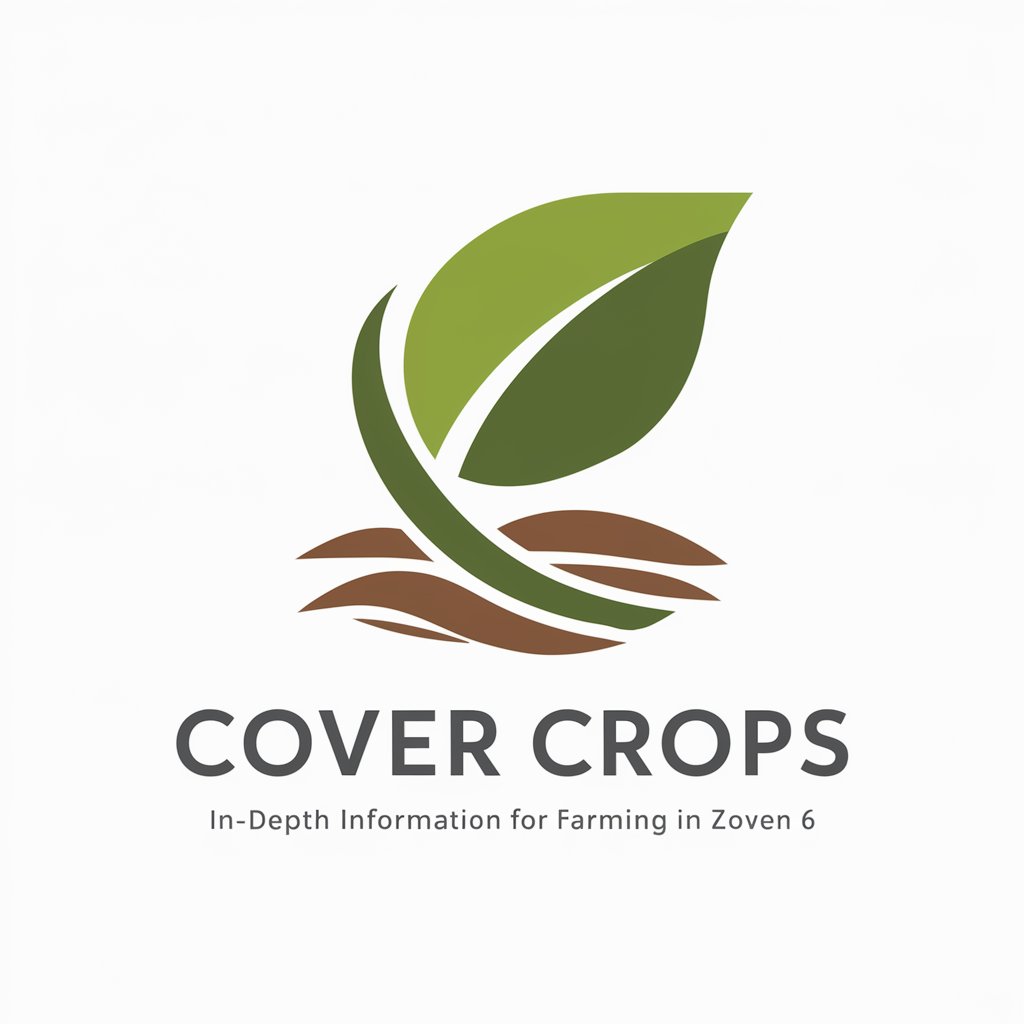
Cover Creator
Design book covers effortlessly with AI.
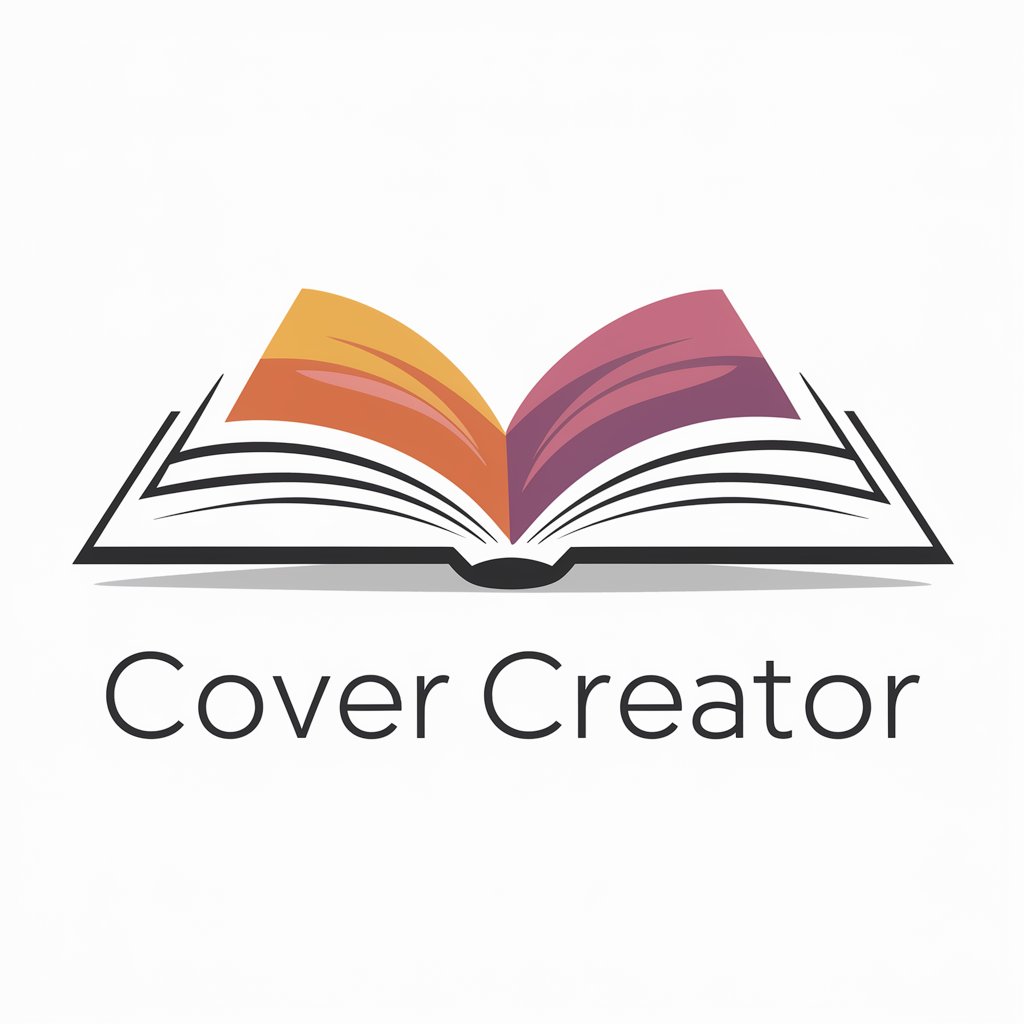
Frequently Asked Questions about UN SDGs: 1 No Poverty
What kind of data can I analyze with this tool?
UN SDGs: 1 No Poverty allows you to analyze various types of data, including demographic, economic, and social indicators relevant to poverty levels, trends, and impact assessments.
Can this tool help in drafting reports?
Yes, the tool assists in creating detailed, data-driven reports that are essential for documentation, funding proposals, and strategic planning in poverty reduction initiatives.
How does the tool contribute to strategy formulation?
It provides evidence-based analyses and projections that help organizations and governments devise effective and sustainable poverty alleviation strategies.
Is this tool suitable for educational purposes?
Absolutely. Educators and students can use it to understand poverty dynamics, explore case studies, and develop academic projects focused on sustainable development goals.
What are the recommended practices for using this tool effectively?
Best practices include regularly updating data inputs, actively engaging with the generated insights, and integrating findings into broader policy-making and program development processes.
